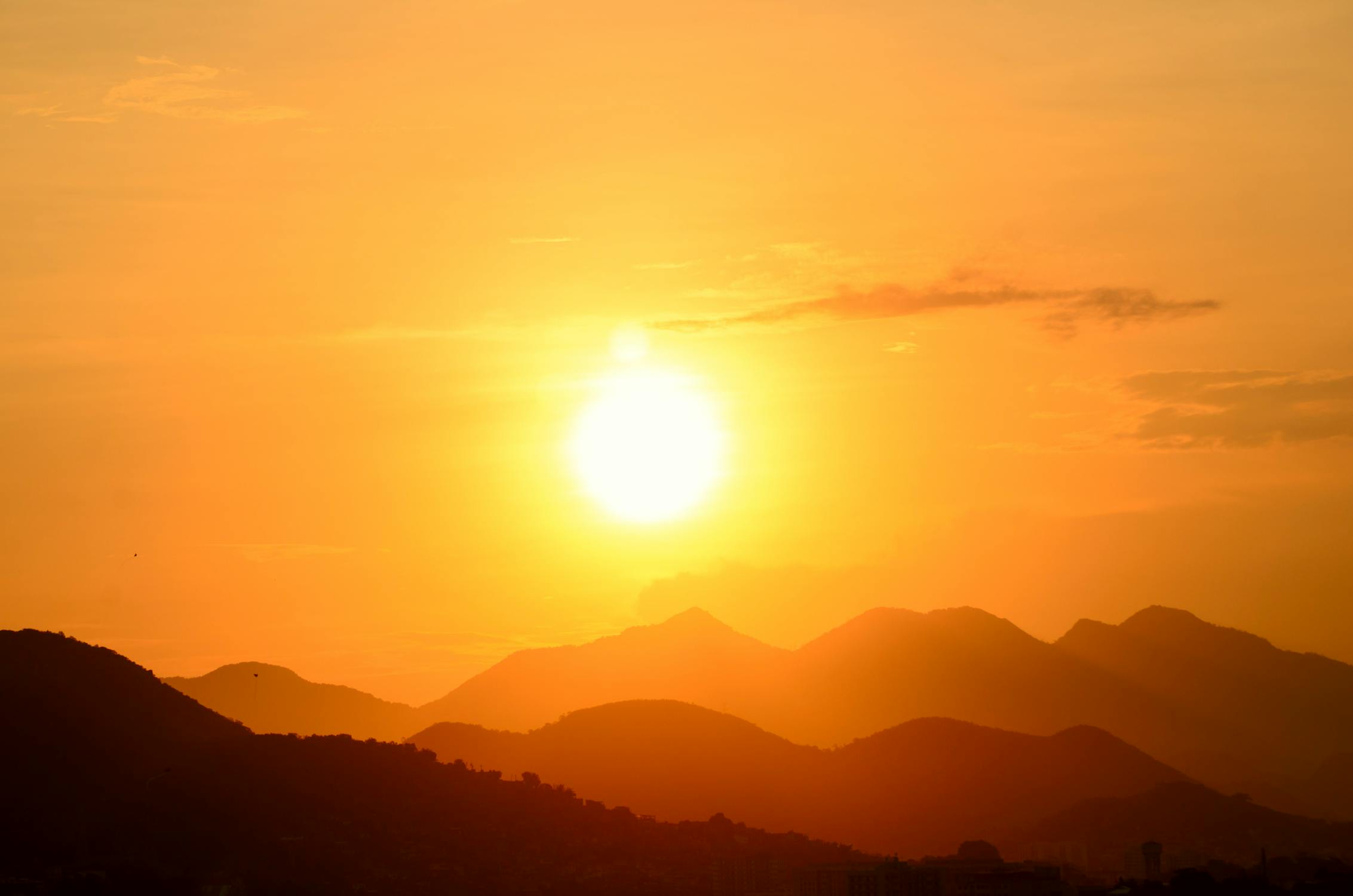Karley Cicale, FISM News
Being “exceptional” is usually a term of aspiration but, in the case of drought classification, meeting the requirements for this designation is cause for alarm. Throughout the month of June, drought conditions in western states have been worsening, and nearly 26% of these areas have been put in the D4, or “exceptional” category. This corresponds to an area experiencing exceptional and widespread crop and pasture losses, fire risk, and water shortages that result in water emergencies.
Moving into the rest of the summer, NOAA (National Oceanic and Atmospheric Administration) projects that essentially the entire western United States could be engulfed in some level of drought, and this could lead to more severe fire conditions. June through early July is the peak season for fires in the Southwest, before the onset of the summer monsoon in mid-July. For the rest of the western states, summer is entirely a dry season, and peak fire season runs from June to September.
Water shortages are becoming a primary concern, and states are taking action to preserve and conserve wherever possible. In California, conditions have worsened with exceptional drought covering one third of the state, up 7% in just a week. In response, nearly two million people in the San Francisco Bay Area have been placed under a water shortage emergency Wednesday. Residents are being asked to reduce their water usage by 15% when compared to 2019, and also encouraged to limit watering their lawns and filling their pools.
In Nevada, more drastic measures are being taken as the drought dries up the regions main water source, the Colorado River. A new law will make the state the first in the nation to enact a permanent ban on certain categories of grass, outlawing about 31% of the grass in the Las Vegas area. The ban specifically targets what the Southern Nevada Water Authority calls “non-functional turf,” or grass primarily for aesthetic purposes, such as in office parks, in street medians, and at entrances to housing developments, but excluding single-family homes, parks, and golf courses.
The grass will be replaced with “desert landscaping.” Officials estimate that by replacing about 6 square miles of grass in the metro Las Vegas area, the region can conserve 10% of its total available Colorado River water supply and save about 11 gallons per person per day in a region with a population of about 2.3 million.
As of a report released on June 17, NOAA’s Climate Prediction Center expects drought will likely develop this summer in the remaining non-drought areas of western Washington, Idaho, Montana, Wyoming and also in the High Plains of western Nebraska and southwest South Dakota. Similar severe drought conditions have not been recorded in the Western US since 2011.
